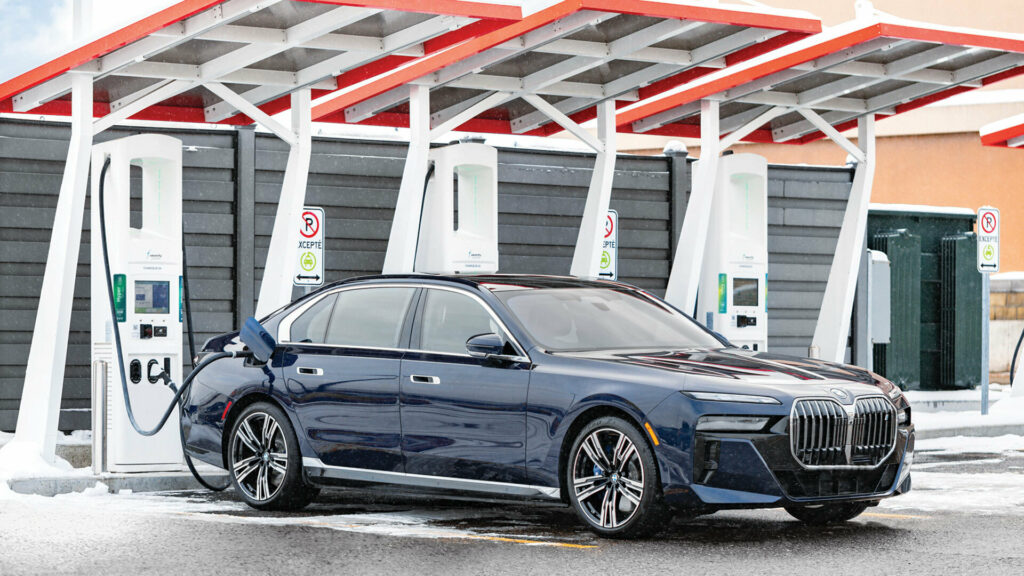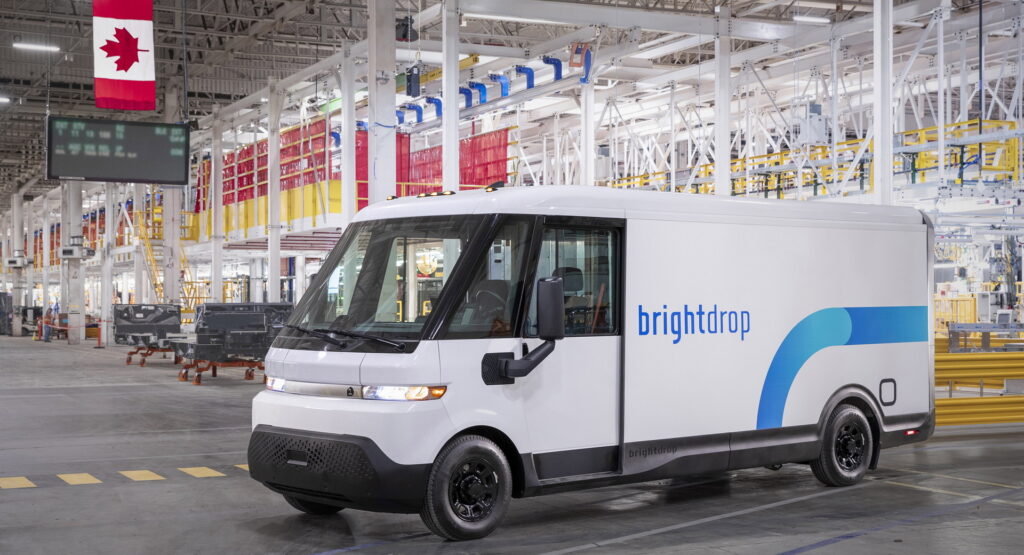<!—->
The percentage would jump to 60% by 2030 and 100% for 2035
3 hours ago
 –>
–> 
by Michael Gauthier
–>
Canada has introduced proposed regulations that would see the country embrace electrification in a big way.
Under the proposal, automakers and importers would be required to meet annual zero-emission vehicle (ZEV) sales targets. These would go into effect for the 2026 model year, when automakers would be required to have at least 20 percent of new light-duty vehicles offered for sale be zero-emission.
That percentage would increase to at least 60 percent by 2030, before jumping to 100 percent for 2035. The government went on to explain the average age of a vehicle in Canada is 15 years, so putting in place a 100 percent ZEV sales target by 2035 would help enable them to achieve their goal of net-zero emissions by 2050.
Also: GM BrightDrop Plant Becomes Canada’s First Large-Scale EV Factory

The Canadian government went on to say light-duty vehicles account for about half of their emissions from the transportation sector and stated the “regulations were informed by extensive engagements with stakeholders over the last year, and follow a phased-in approach that allows for a gradual and orderly transition to a 100 percent zero-emission future.”
The government defines ZEVs as battery electric vehicles, fuel-cell electric vehicles, and plug-in hybrid electric vehicles. The latter are notable as plug-in hybrids use an internal combustion engine and the government said these are “likely to play a key role in northern and remote communities in the near-term.”
advertisement scroll to continue
While electric vehicles have reduced ranges in cold weather, officials sought to alleviate concerns about winter driving by noting over 70 percent of new cars in Norway are zero-emission vehicles. The government also pointed out that gas- and diesel-powered vehicles can still be driven after 2035. They will also be able to be bought and sold as used vehicles.

While the 20% requirement is ambitious, Statistics Canada noted growing acceptance of zero-emission vehicles. Only 2.9 percent of new light-duty registrations were ZEVs in 2019, but that number grew to 3.5 percent in 2020, and 5.2 percent in 2021. For the first half of 2022, the number jumped to 7.2 percent and is expected to continue growing in the future.
While there will undoubtedly be concerns about whether or not automakers can meet the requirements, the Canadian government doesn’t believe it will be an issue as they contend their policy is to “align its Light-Duty Vehicle Regulations with the most stringent performance standards in North America post-2025, whether at the United States federal level or state level” with California leading the way. As a result, the government says their policies will be compatible with the “North American auto manufacturing sector, so that vehicles can be manufactured and sold in either country.”
The change won’t be cheap as the government expects “incremental vehicle and home charger costs of $24.5 billion (CAD).” However, authorities contend vehicle owners will still come out ahead thanks to $33.9 billion (CAD) in net energy cost savings. The government also expects health benefits as well as a 430 metric ton reduction in greenhouse gas emissions from 2026 to 2050.
Many of the new vehicles are expected to be EVs and the government noted they’ve committed to help build 85,000 publicly funded chargers across Canada by 2027. They also pointed out they’re aiming for a net-zero electric grid by 2035, so this shouldn’t be a case of shifting emissions from cars to somewhere else.

 –>
–> 